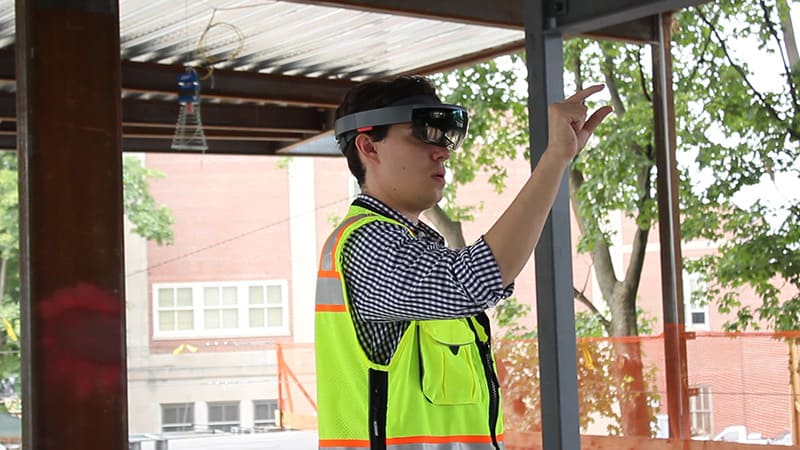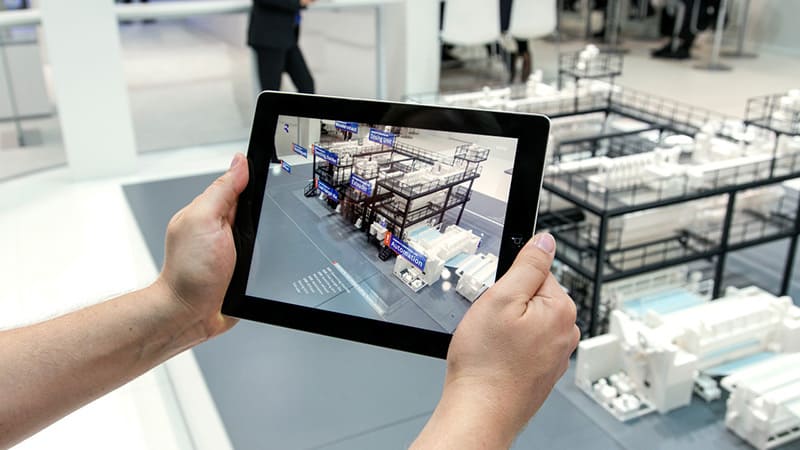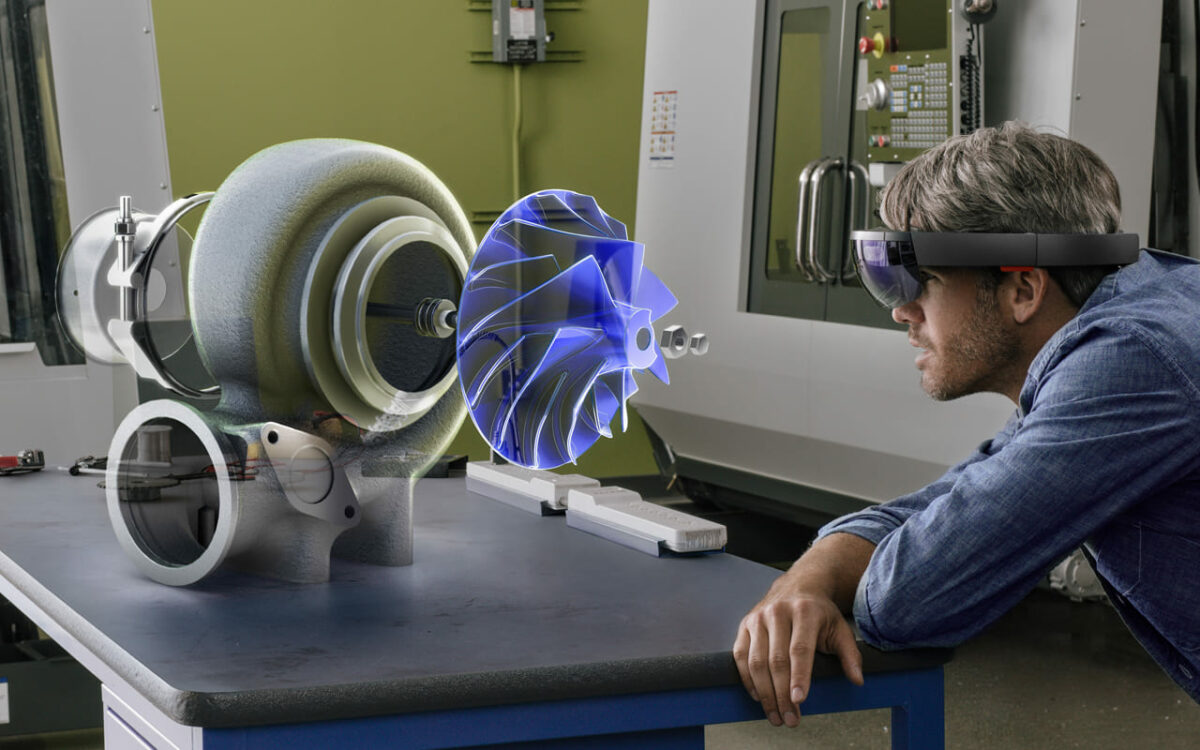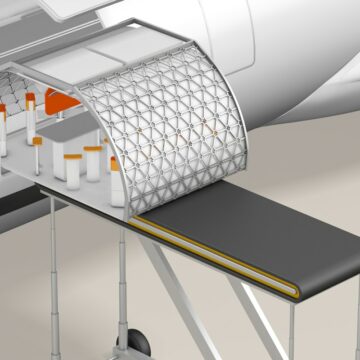Technology advances at a very fast pace. This past decade has brought thousands of new innovations such as social networks, the rise of touchscreens, 3D printing and much more. These new inventions are not only revolutionizing our day-to-day lives but also improving the way businesses function. Nowadays, businesses can sell their products or services in faraway places, have employees on the other side of the world, improve their productivity with easily accessible tools and gather much more precise data from their customers.

Nonetheless, not all businesses have accepted digitalization with ease. The construction industry has been one of the hardest industries to adopt new technological advances. However, thanks to the popularity increase of BIM technologies and project management software such as BulldozAIR, who lets people in the industry follow remotely the developments of their site and easily collaborate with workers in the field, the industry has started to incorporate more and more new technological developments in its practices.
One of many promising technological innovations that could potentially revolutionize the industry is augmented reality, which refers to the technology used to visualize computer generated images in the real-world thus, creating a new enhanced reality. This concept is not new, however, the technology linked to this notion has vastly developed in the last 5 to 10 years, along with its accessibility due to the rise of other technologies like tablets and smartphones.

So, why is augmented reality so promising for the construction industry?
AR can potentially improve many aspects of construction. For example, with the use of AR headsets and BIM images, people can effortlessly visualize the end result of future sites’ modifications and spot errors with ease. People can also use tablets or smartphones to find specific geolocated objects or materials just by looking through their devices’ screen. In Japan, the airline company JAL used VR headsets to train its maintenance crew and show them, in a revolutionary way, how motors worked in a simulation that allowed members to observe details that could have never been possible to see without this technology, and communicate dangerous areas near the plane in a much more effective way.

There are many practices in the industry that AR can potentially improve. Here, we will discuss the most promising aspects of the construction industry in where AR could create a disruption.
Buildings are not 2D
Construction sites are crowded places, with many different companies working together on one site, and there is never time to spare. For this reason, it is important to give all collaborators access to the site’s information in a clear and practical manner. Unfortunately, drawings or blueprints are not easily understood by everyone and visualizing the end result of a complex product might represent a real challenge, which may lead to errors in the future.
This is where augmented reality comes in handy. This technology, along with the use of smartphones, tablets or augmented reality headsets could potentially allow everyone to better visualize a site in real life conditions and thus, considerably decrease potential errors from misunderstandings or lack of communication.

Keep your machines profitable
Another big issue in construction is training. With the constant development of new technologies, many construction workers need training with newer or specialized machines. This situation can result in high opportunity costs for businesses, who will be required to stop the use of said machine for training, therefore losing some profitability.
With Augmented Reality, that is no longer necessary. People can now have access to high-quality simulations of new machinery, learn how it works and how to use it in an immersive manner but with lower risks as they are not physically interacting with dangerous machines. Meanwhile, businesses can still profit from their machines and avoid losing profitability.

New ways for collaboration and mobility
Augmented Reality opens new doors for collaboration on sites. With this new technology, people will be able to receive remote guidance in a very interactive manner by visualizing each step and easily understand what they have to do. This will also allow collaborators to communicate with each other and share more accurate and contextualized information regarding the site. This will not only help to reduce mistakes, but it will also greatly improve the productivity on site, as people can gain access to new and more complete information.
All of this sounds very promising and reaffirms the idea of augmented reality as the future of construction. Nevertheless, not everything is perfect as the technology is still fairly recent. Issues like the reliability of the information regarding accurate placement of computer-generated images can become a real threat if they are not precise enough as they can produce costly problems. Other important issues to take into account is the reliability of the augmented reality in busy environments. Computer generated images work best in static environments, however, when the area is busy and constantly evolving, this can present real problems and as sites are crowded environments, it is an issue to consider. Finally, augmented reality could potentially block the view of certain dangers on site as well affect the attention span of workers and cause accidents.

Nonetheless, people are currently working on solving all of these issues in order to offer a safe and effective product that will deliver productivity improvements to the industry. Currently, brands such as DAQRI or Microsoft are both working on delivering new augmented reality headsets for construction with great results. Other companies, such as Trimble, are focusing on developing new software for these new devices and improve the experience with AR.
In conclusion, augmented reality looks like a very promising option to improve productivity in the construction industry, however, as of right now, it is hard to tell whether this new technology will be successfully introduced to the industry. Nevertheless, as new improvements are constantly coming, we can remain hopeful that in the future, this new technology could become the norm for construction and improve productivity levels in the industry.








